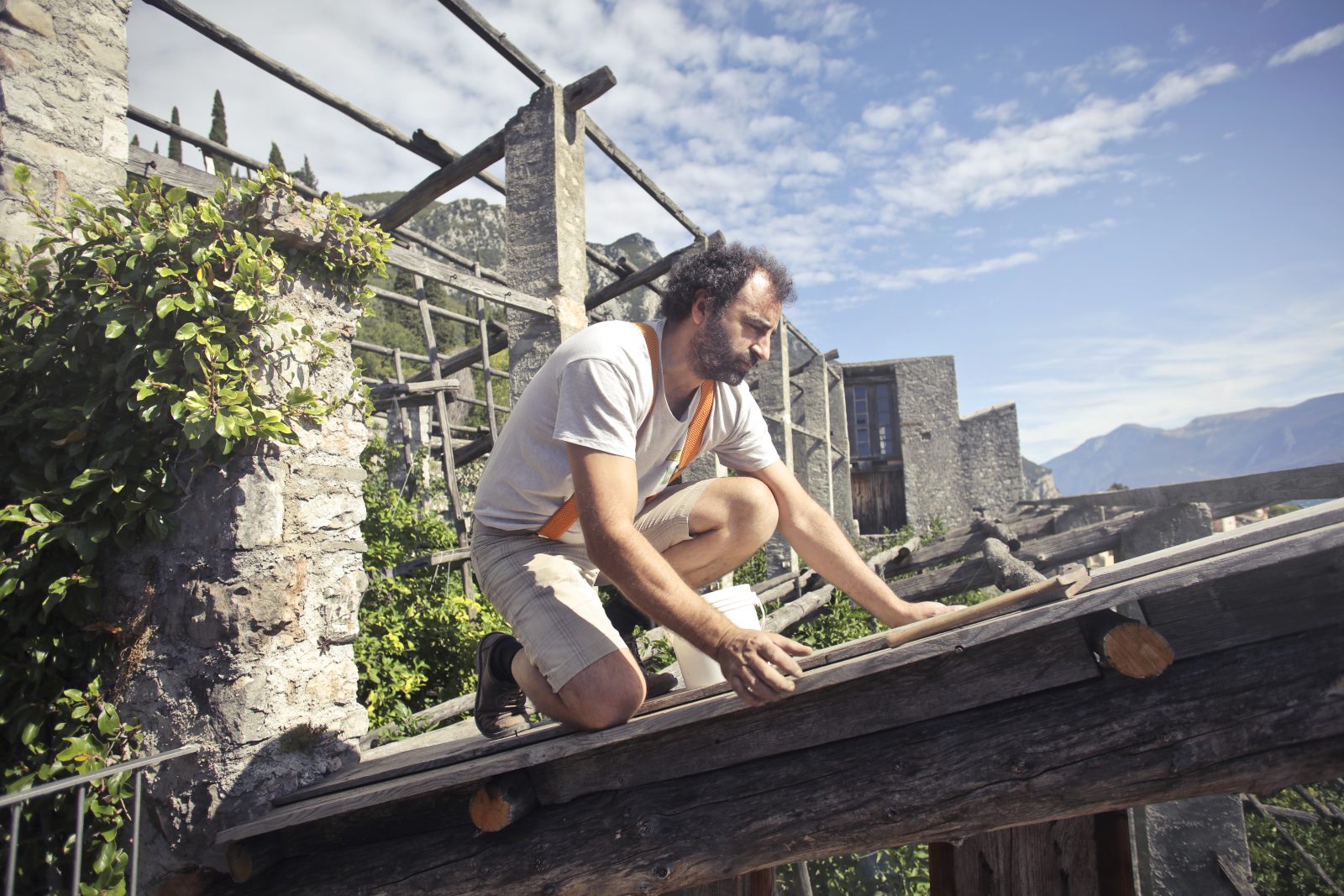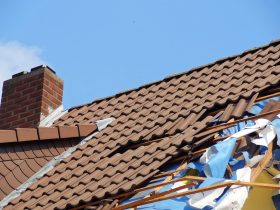Whether replacing an old roof or building your dream home, proper roofing installation is vital for a long-lasting and durable house.
Adding insulation can help reduce energy costs by keeping your house cooler in the summer and warmer in the winter.
Protect furniture and items in your attic with tarps or relocate them during the process. It’s also considerate to inform your neighbors of the work being done.
Choosing a Roofer
Before hiring a roofing contractor:
- Ensure they have the necessary experience.
- Ask about their training, credentials, insurance coverage, and past work.
- Review the company’s reputation closely by reading online reviews and consulting local and state licensing authorities.
Be sure your roofing contractor has a valid building permit and that it is posted on the job site. In addition, if you have young children, prepare them for the noisy process by explaining what will happen and arranging alternative lodging while the roofing is installed. And remember to clear the attic of fragile items that could be disturbed by construction vibrations. This includes pictures, mirrors, and other wall hangings. And if you have pets, keep them away from the construction area.
Underlayment
The underlayment is a vital part of the roof installation process. This material protects the roof deck from rain and snow while acting as a barrier against any chemicals that could leach out of the shingles. This is an important function that both felt, and synthetic underlayment can perform.
Felt underlayment is made from various plant fibers and asphalt for water resistance. It’s often cheaper than synthetic underlayments and can be purchased at most roofing supply companies.
Synthetic underlayments are made from long-lasting polymers and provide superior weather protection to the roof deck. They are usually a little more expensive than felt underlayments but can save homeowners money in the long run due to their longevity. Some underlayments come with a built-in moisture barrier, eliminating the need for a separate vapor barrier.
Shingles
The right shingles are crucial to a roof’s durability. They should withstand harsh weather conditions such as heavy rain, hail, and the accompanying winds.
There are many shingle types to choose from. Some are more suited for certain climates, like wood (which gives a cottage-esque look) or slate (which can be milled or hand-rived).
Asphalt shingles are durable and affordable and can help keep home cooling costs down. They also provide good impact resistance and can qualify you for a discount on your homeowner’s insurance premium. Regular maintenance, such as trimming trees, is important, too, as a tree falling on the roof can damage the shingles. A qualified roofer will know the best shingle type for your specific area.
Metal Panels
The strength of metal panels makes them a great choice for building structures exposed to heavy loads. Plus, they offer design flexibility as most panel styles can be installed vertically or horizontally.
Ribbed metal panels feature raised ribs that add structural strength. This helps reduce the risk of water penetration due to snow, wind or temperature extremes.
Insulated metal panels, also known as IMPs, save time and money during construction by eliminating the need to blow insulation in the walls. IMPs also offer an energy-efficient, sleek look.
Look for corrosion on the roof, especially around fasteners, edges, anywhere dissimilar metals touch, and near leaky spots. This early sign of a problem can lead to water intrusion and other issues.
Tiles
Tiles are flat, thin material that covers surfaces like roofs or walls. They can be made from many materials, including glass, porcelain, clay, and stone.
They are incredibly durable and withstand strong winds, rain, snow, and fire. They can also help lower energy costs, allowing natural airflow through the home and decreasing heating and cooling costs.
Though they are tough, tiles are not indestructible. If someone needs to walk on the roof to winterize or repair something, they must wear rubber boots and not break the tiles. They can also be difficult to work with because they must be cut carefully and laid in a precise pattern. This is why it’s essential to use a professional for tile roof installation.







Leave a Reply